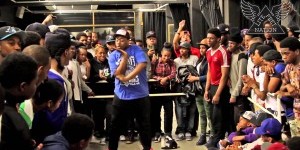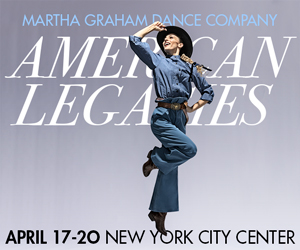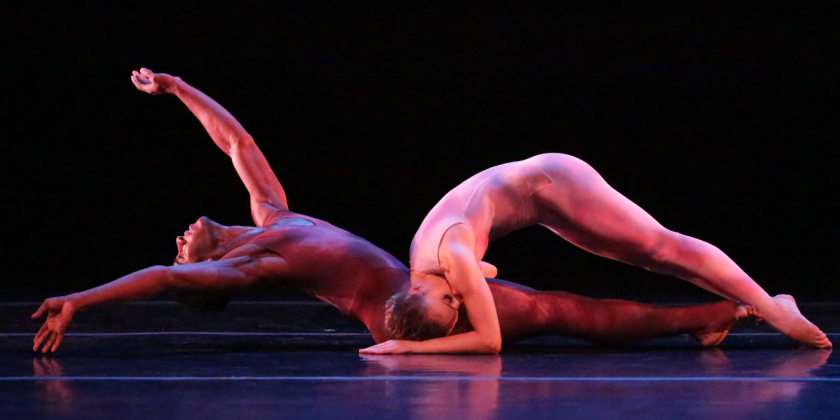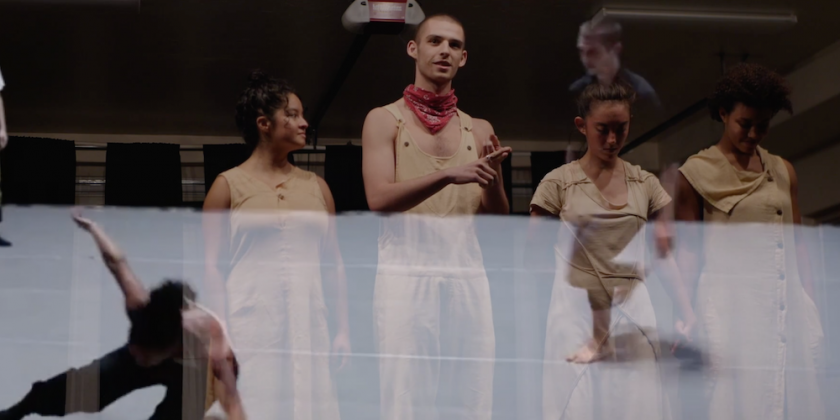Impressions of Between the Seas

A Festival of Mediterranean Performing Arts
At the The Wild Project
What dreams may come
Choreography and Performance by Nejla Yatkin
Music by Ahmed Saygun and Kamran Ince
Soundmix by Nejla Yatkin
Aragosto
ASMED Balletto di Sardegna
Choreography by Moreno Solinas
Performance by Francesca Assiero Brà, Anna Paola Della Chiesa, and Rachelle Montis
You would be forgiven for thinking that the news from the countries bordering the Mediterranean Sea was all bad. It certainly seems that way with coups, wars, and failing economies dominating the news cycle. Between the Seas, a festival founded and produced by Aktina Stathaki, aims to challenge this presumption by showcasing a week's worth of music, theater, and dance by artists who hail from countries like Bosnia, Israel, Syria, and Greece. Tuesday’s program featured a bill split between Turkish artist Nejla Yatkin and Italian company ASMED Balletto di Sardegna.
Yatkin, who opens the program with a preview of What dreams may come, performs an exquisitely calibrated solo that excavates the tension between persecution and autonomy. Embedding factious images into fluid phrases, she takes the personal — and the political — and renders them eternal. It's not easy to command an audience's attention for three-quarters of an hour with nothing save your presence and a microscopic stage. Yatkin, though, does it through textured actions that sing with the sublime and the macabre.
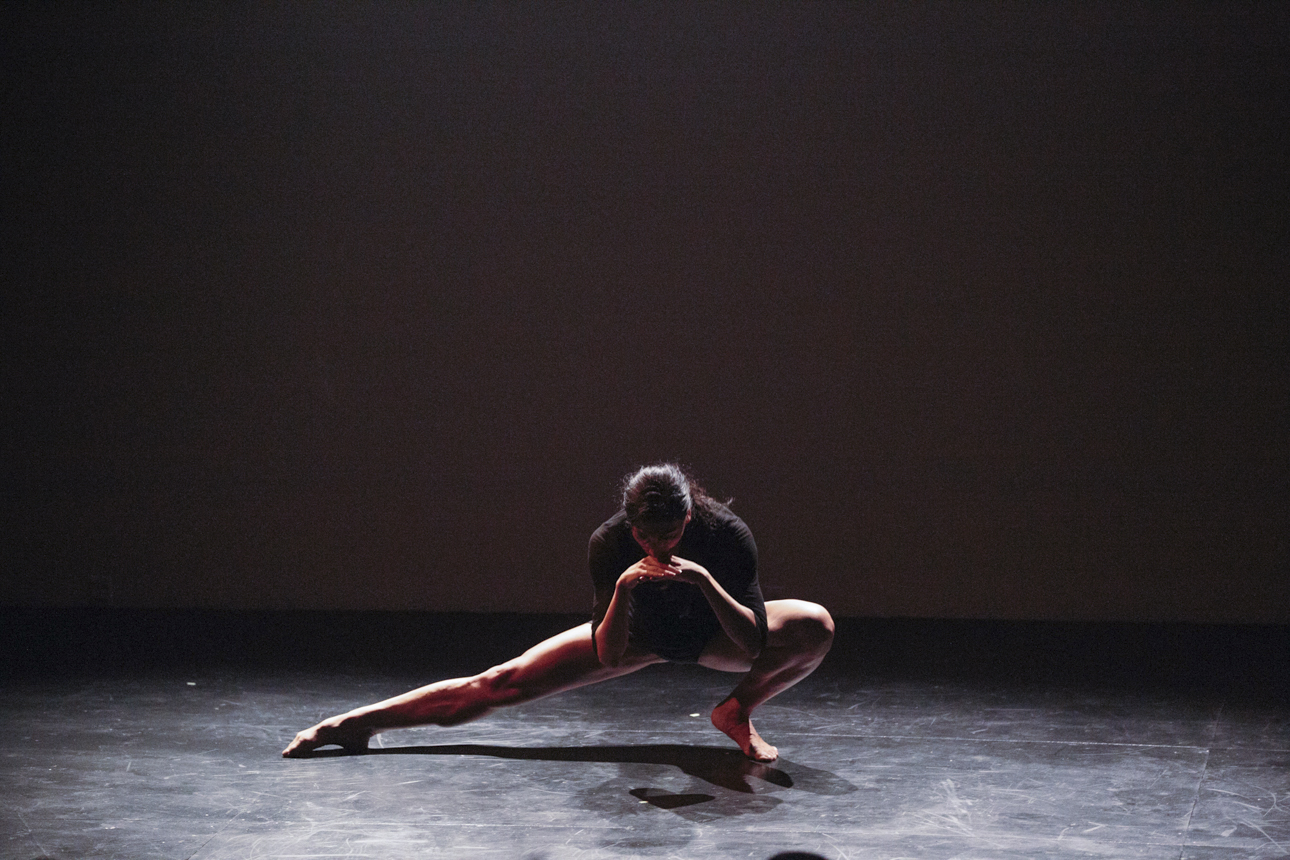
She begins huddled on the floor, shrouded in black gauze that stretches off stage. To a recorded score of insistent gasps alternating with classical melodies, Yatkin rises, and with only her sinewy legs showing, presses her knees together and flexes her toes. Spotlights positioned around the stage floor shine casting ominously beautiful shadows against the white backdrop. Fear and horror loom large, present but not yet real.
Yatkin disengages from the fabric, and her actions take on more urgency. Drawing from Eastern and Western influences, she ripples her spine, rises on one leg, covers her eyes, and clutches her tape-covered mouth. She enters the seating area to stroke the hands of several audience members (at least one of whom appears to be a plant) and twirls them around in a tender slow dance. What dreams may come ends with Yatkin stretched into a tortured X, immolated but too poignant to be obliterated.
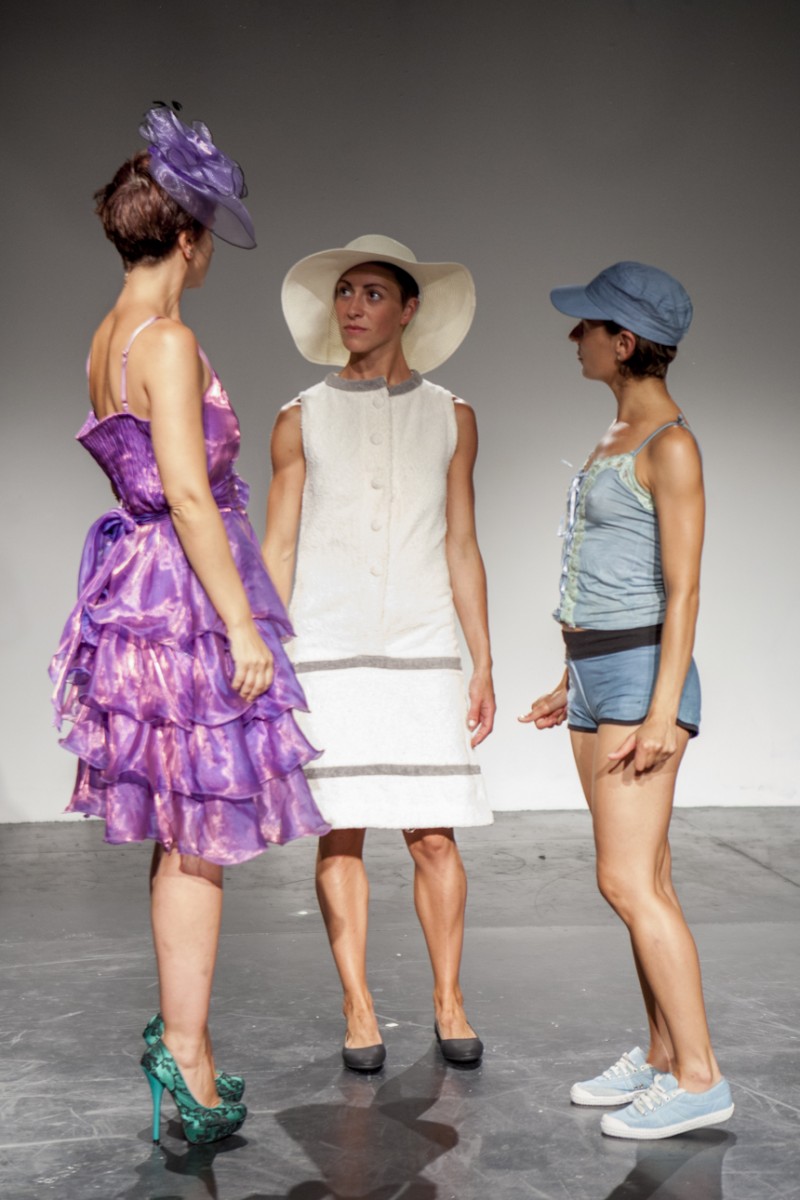
ASMED Balletto di Sardegna's premiere of Aragosta begins with a strong premise. Inspired by the unconventional life of Italian fashion designer Elsa Schiaparelli, three women with spiky coifs enact a fashion show. They smack their nude bodies in a cadenced tattoo; they strut and hit poses dripping with attitude. Removing clothes, the ostensible purpose for these events, lies bare the power of periphery— thumping rhythms, ceaseless swaggering, and haughty posturing — in the fashion industry: The couture is nothing more than an excuse for the ego to parade and peacock.
Aragosta soon abandons this proposition and drifts episodically. The trio shuffles about, hums a droning melody, and kisses each other. Endless repetition and tuneless vocalizations cause us to lose interest. Finally, the piece ends with each dressing in a unique outfit: a ruffled cocktail dress, a blue shorts and camisole combination, and a white sundress. Sizing each other up, they sniff and exit in opposite directions. Do clothes make the man, but ruin the human? It’s a fair question, yet the piece’s relentless tedium lessens the desire to answer it.
Follow Erin Bomboy on Twitter @ErinBomboy






